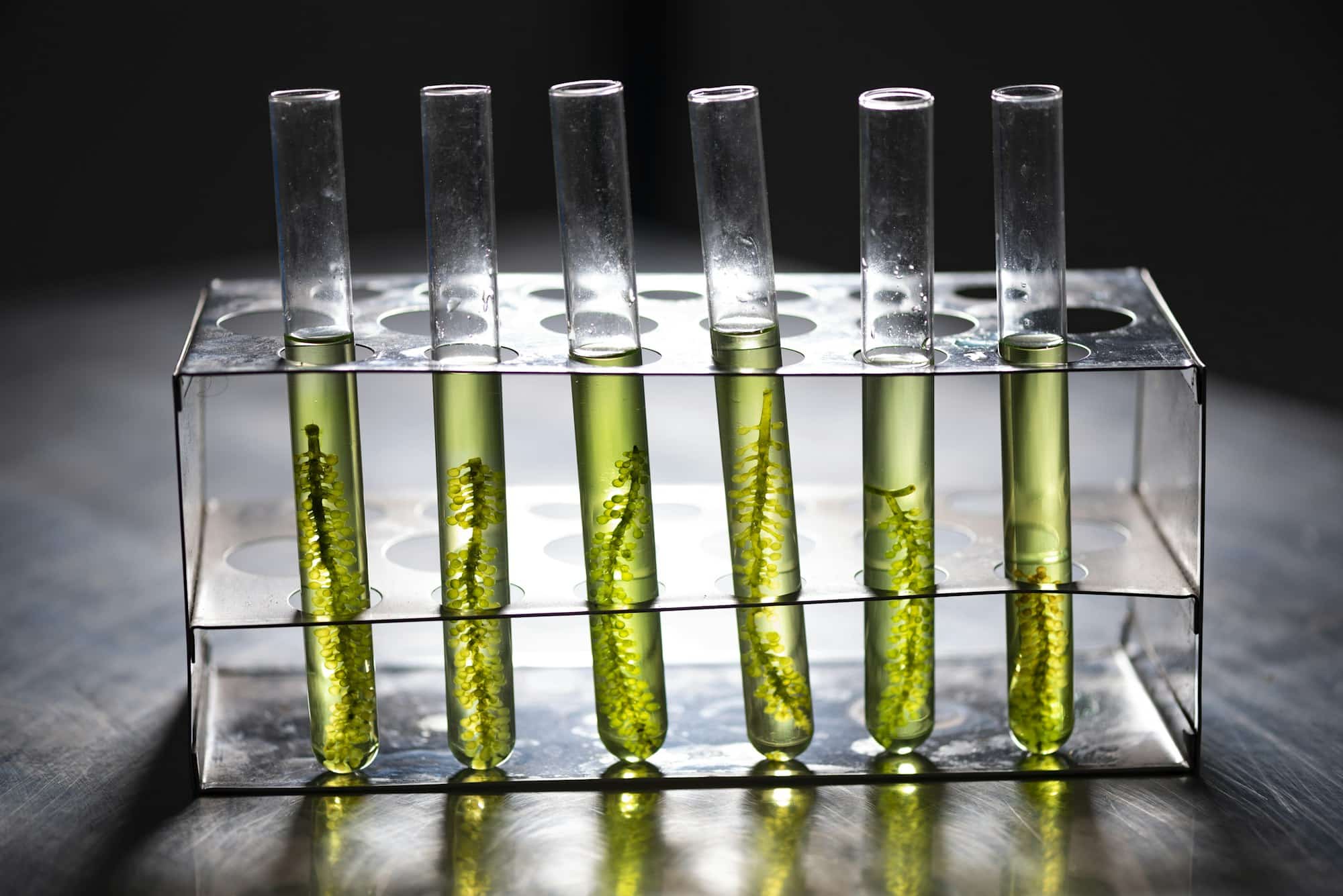Hello, fellow aquarists! We all have had the experience of looking into an aquarium and seeing more green than we bargained for. Algae, those pesky, persistent plants, have the uncanny ability to turn a beautiful fish tank into a murky mess. But fear not! In this article, we’re going to explore some effective strategies for controlling algae growth in your aquarium, and the best part? We’re doing it all without the use of chemicals.
Properly Balancing the Lighting in Your Aquarium
Let’s kick this off by shedding some light on a common cause of rampant algae growth: your aquarium’s lighting. Algae, like all plants, use light as a source of energy to grow and reproduce. If your tank is getting too much light, it can supercharge the algae and lead to an invasion.
Cela peut vous intéresser : How to Choose the Right Type of Leash and Harness for Your Dog’s Specific Needs?
Begin by understanding your aquarium’s specific lighting needs. Different types of tanks require various levels of light. Typically, freshwater tanks and tanks with few plants require 6-8 hours of light per day. Planted tanks may need up to 10-12 hours.
Next, consider the type of light your tank is receiving. Algae thrive under regular white light, so consider switching to a specialized aquarium light if you haven’t done so already. These lights are designed to emit specific wavelengths that support the growth of aquarium plants but are less beneficial for algae.
Lire également : What Are the Essential Steps in Preparing Your Pet for Air Travel?
Finally, if your tank is near a window, be mindful of the amount of natural light it is getting. Too much sunlight can exacerbate algae growth.
Ensuring Adequate Nutrient Control
Nutrients within your fish tank are like a buffet for the algae. The more abundant the nutrients, the faster the algae will grow. Improper feeding of fish and overstocking the tank are two common ways these nutrients can get out of control.
Feeding your fish too much food will result in leftover food particles that decay and release nutrients into the water. To control this, only feed your fish the amount they will consume in two minutes. Any uneaten food should be removed from the tank.
Overstocking your tank can lead to high levels of waste, which again, release nutrients into the water. Make sure your tank is appropriately sized for the number of fish and plants it contains. Too many fish in a small tank can lead to a nutrient overload and thus, a thriving algae population.
Introducing Algae-Eating Fish and Invertebrates
Another effective method to control algae growth in your tank is through biological means. Certain fish and invertebrates are known to feed on algae, helping to keep its growth in check.
Algae-eating fish such as the Siamese Algae Eater or the Bristlenose Pleco are great additions to freshwater aquariums. These fish not only add diversity and interest to your tank but also help in algae control.
Invertebrates, like the Amano Shrimp or Nerite Snails, are also excellent algae eaters. They can reach areas that are hard for fish to access, ensuring that no nook or cranny is safe for algae.
Maintaining Regular Water Changes
Regular water changes are fundamental in any aquarium care routine. They help to maintain the balance of nutrients and minerals in the tank water, reducing the chances of algae blooms.
It’s recommended to change 10-20% of your aquarium’s water every week. This will help to remove excess nutrients that algae feed on, such as nitrates and phosphates.
When conducting water changes, it’s important to use water that is free of chlorine and heavy metals. Using dechlorinated tap water or specially formulated aquarium water is advisable to avoid introducing harmful substances.
Utilizing Live Plants for Algae Control
Finally, introducing live plants into your aquarium can be an excellent strategy for controlling algae growth. Aquarium plants and algae compete for the same resources – light and nutrients. The more plants you have in your tank, the less resources there will be for the algae.
Choose fast-growing plants like Hornwort or Water Sprite as these can quickly absorb nutrients, limiting what’s available for algae.
Keep in mind that live plants also need care and attention to thrive. They require a suitable substrate, adequate light, and the right levels of carbon dioxide to grow effectively.
So, there you have it, fellow aquarium enthusiasts! By balancing your lighting, controlling nutrients, introducing algae-eating lifeforms, maintaining water changes, and utilizing live plants, you can effectively reduce the algae growth in your fish tank. And all of this without resorting to chemicals! Happy aquascaping!
The Role of Filtration in Algae Control
One other aspect to consider in your battle against unwanted algae is your aquarium’s filtration system. A good filtration system is crucial in maintaining a healthy tank environment and controlling the nutrient levels that promote algae growth.
The filter’s job is to remove leftover food, decaying plant matter, and fish waste from the water. These substances break down into nitrate and phosphate, which are the primary nutrients that algae feed on. If your filtration system is not efficient enough, these nutrients will accumulate in the water, providing a feast for the algae.
The type of filter you choose for your aquarium is also important. Not all filters are created equal, and some are more effective at removing specific waste types than others. Mechanical filters remove solid particles, biological filters process harmful ammonia and nitrite into less harmful nitrate, and chemical filters remove dissolved substances.
Regular maintenance of your filtration system is also essential. Check your filter regularly and clean or replace the filter media as recommended by the manufacturer. Blocked or worn-out filter media will not work effectively, resulting in a buildup of waste products and a subsequent algae bloom.
The Power of Proper Aquarium Hygiene
Aquarium hygiene is another significant factor in controlling algae growth. Keeping your tank clean can go a long way in preventing an algae problem. Simple practices like scrubbing the aquarium glass, cleaning the gravel, and trimming dead plant matter can help maintain a clean tank and discourage algae growth.
Scrubbing the aquarium glass removes algae that have already attached to the surface. Using an algae scraper or a magnetic algae cleaner can effectively get rid of these algae. Be sure to clean all surfaces, including the back and sides of the tank, where algae can hide.
Cleaning the gravel is equally important as waste tends to accumulate here. Use a gravel vacuum to suck up any debris trapped in between the gravel. This will prevent the waste from breaking down and releasing nutrients into the water.
Regularly trimming your plants and removing dead leaves will prevent decay in your tank. Dead plant matter releases nitrogen compounds that algae thrive on. By promptly removing this potential food source, you can help curb algae growth.
Conclusion
You can see now that controlling algae growth in a fish tank without chemicals is indeed possible and manageable. It’s all about understanding the factors that contribute to algae growth and implementing strategic practices to address them.
Remember that the key is to strike a balance in your tank. From the lighting and nutrient levels to the aquarium inhabitants and filtration system, every element plays a part in preventing algae growth.
It’s also crucial to maintain good aquarium hygiene practices. This includes regular water changes, cleaning the aquarium glass and gravel, and trimming plants.
In the end, maintaining a healthy and algae-free aquarium requires regular care and attention. It’s a labor of love that yields rewarding results – a beautiful, clean, and healthy environment for your aquatic friends. So grab your aquarium supplies and get to work, fellow aquarists!











